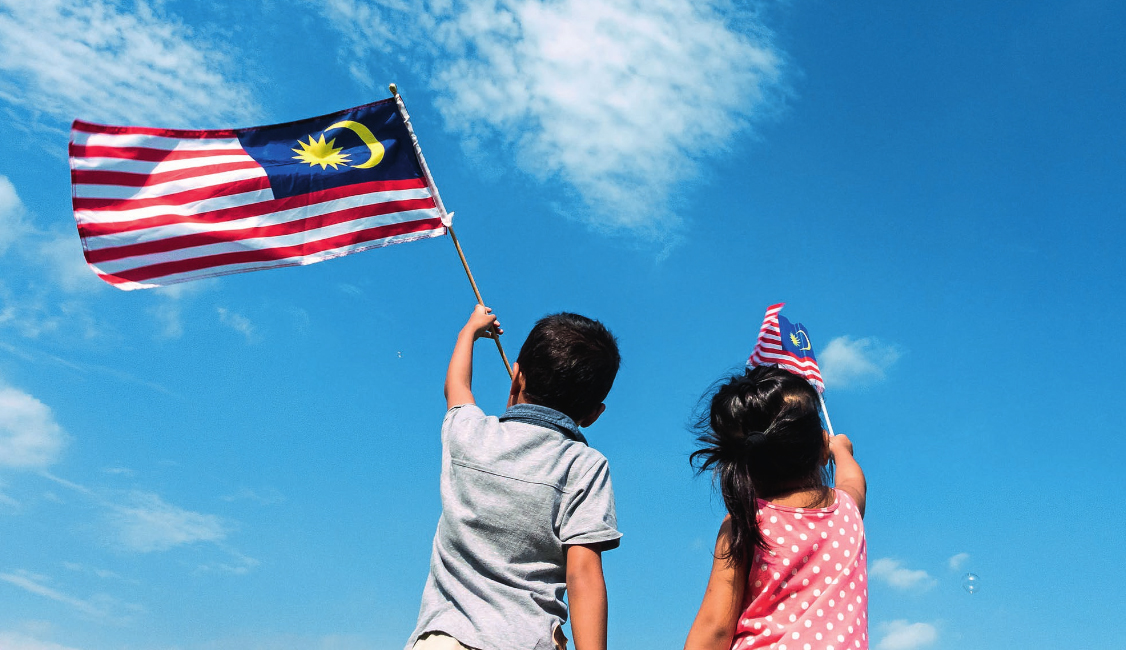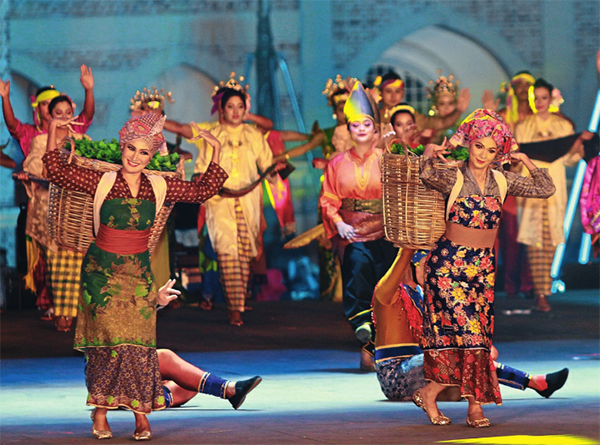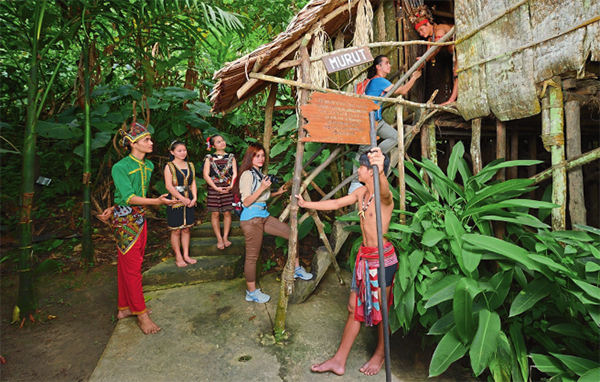
Malaysia is a true cornucopia of cultures, a diverse and generally harmonious ethnic mix that’s hard to find anywhere else in the world. Malaysia’s total population – some 31 million in Borneo and Peninsular Malaysia – comprises Malay, Chinese, Indian, and other indigenous peoples. Of this, about 80 percent occupy Peninsular Malaysia.
To maintain this rich diversity, Malaysian culture emphasises the values of courtesy, moderation, tolerance, harmony, and cordial relations among family members, neighbours, and community.
MALAY
As Malaysia’s largest ethnic group, the Malays account for just over half the population of Malaysia. They are Muslim by law, and with the oldest indigenous peoples, they form a group called bumiputra – the “sons” or “princes of the soil.”
Traditionally, Malay culture centres around the kampung (village) and a strong responsibility to family. Today, however, urban settings and exposure to Western culture have changed these customs somewhat, though Islamic values are still firmly embedded in their culture. There are some Malay families who speak mainly English within their household.
In Kuala Lumpur especially, road traffic, work ethics, and common ambitions do not stray too far away from what is happening in the Western world.
But it is interesting to note the communicative easiness between contemporary and the devout Malay youth. It is a common sight in Malaysia to find girls whose hair is covered. This piece of head covering is called tudung in the Malay Language, literally meaning “to cover.” In Malaysia, Muslim women are encouraged to practise modesty in terms of their attire, but are given the freedom to choose whether they want to wear the tudung. For most Malaysian youths, family life is an important component that completes their daily lives. Despite their busy climb on the corporate ladder, the ambitious still have a strong sense of family values.

CHINESE
The Chinese traded with the people of the Malay Archipelago for centuries, then settled in number during the 19th century, when word of riches in the South Seas spread across China. Chinese-Malaysians now comprise about 25 percent of Malaysia’s total population.
The first Chinese to settle in the area, primarily in and around Melaka, gradually adopted elements of Malay culture and intermarried with members of the existing local community. Known as babas and nyonya, they combined Malay and Chinese traditions and created a newly synthesised culture. Later, Chinese immigrants – those who came to work in the tin and rubber industries – preserved much more of their original Chinese culture.
INDIAN
Malaysia’s Indians account for about 7.5 percent of the total population, and are mostly Hindu Tamils from Southern India. Indians had been visiting Malaysia for over 2,000 years, but did not settle en masse until the 19th century, when many came to work as rubber tappers, infrastructure construction workers, or administrators for the fledgling British colony.
ORANG ASLI, IBAN, AND OTHERS…
The remainder of Malaysia’s population (aside from Eurasians and expats) consists of indigenous tribes found in both East and Peninsular Malaysia.
The Orang Asli occupy the peninsula in small scattered groups, although some of them have been absorbed into modern Malaysia. Dayak is the collective term used for the indigenous people of Borneo. Of the estimated 200 Dayak tribes there, the largest are the Iban (395,000) and Bidayuh (107,000) of Sarawak, and the Kadazan of Sabah. Though small in number, these groups make Borneo quite culturally distinct from Peninsular Malaysia.

CULTURAL MIX
Though Malaysia’s main ethnic groups come from disparate backgrounds, over time they’ve blended in ways to form a unique mix. Malaysia’s Malay wedding ceremony, for example, can incorporate elements of Hindu costume.
Muslims have adapted the Chinese “ang pow” custom of giving small packets of money at festivals. In cities as diverse as Kuala Lumpur, it’s no wonder this mixing occurs; walking along a street, you’ll hear Tamil, Hokkien, Malay, and English being spoken. On TV, you’ll see Chinese opera interspersed with “Bollywood” movies and Malay dramas.
Malaysia’s many cultural festivals also exemplify this unique mix. Though different and seemingly self-contained, all of Malaysia’s communities have “open house” policies during their respective festive seasons, when members of all cultures (including yours) are invited to partake.
"ExpatGo welcomes and encourages comments, input, and divergent opinions. However, we kindly request that you use suitable language in your comments, and refrain from any sort of personal attack, hate speech, or disparaging rhetoric. Comments not in line with this are subject to removal from the site. "


